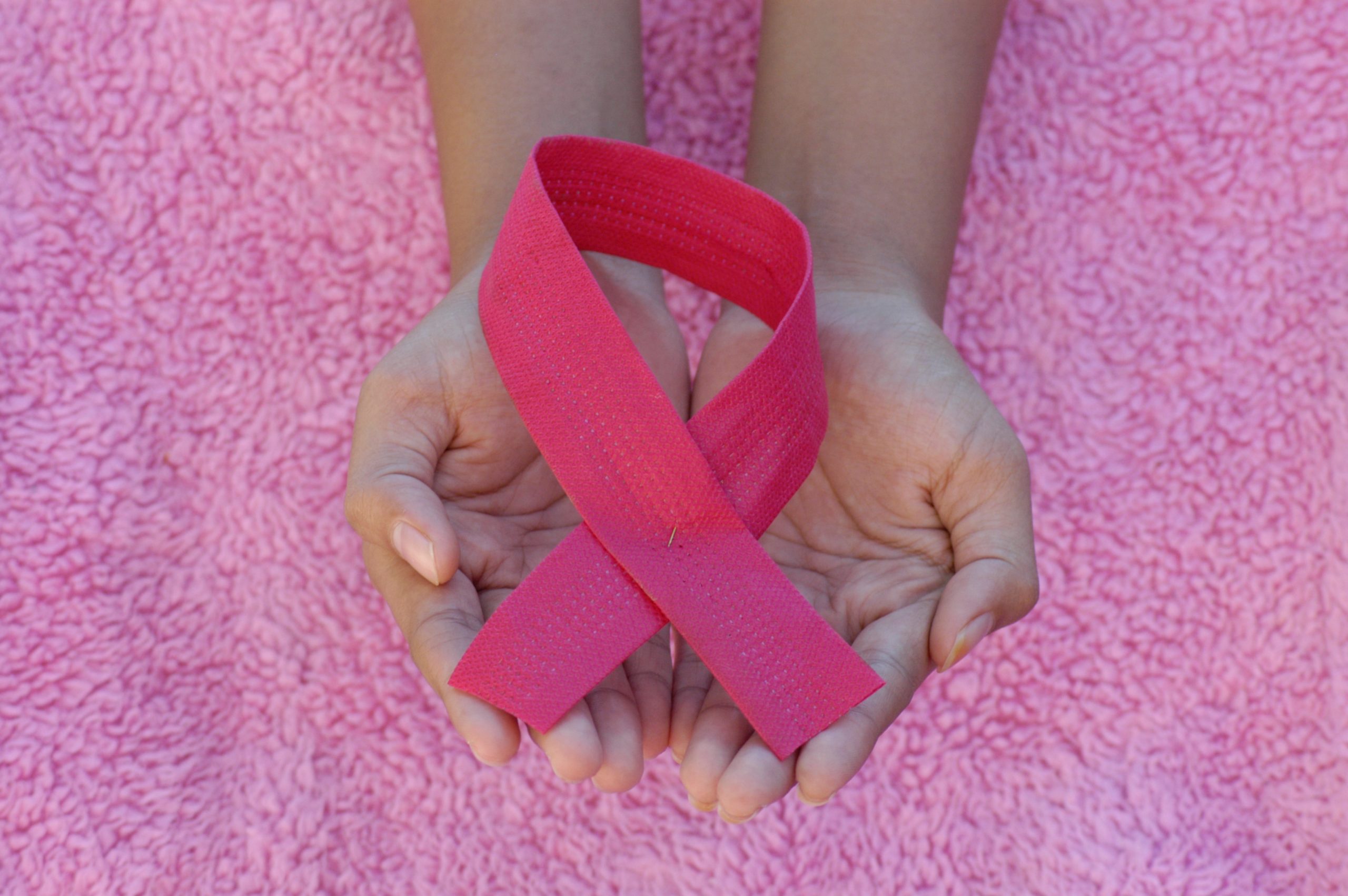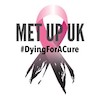
Breast Cancer Awareness Month has now ended. I want to finish with some words about something that’s really bothering me and is being labelled as “prevention”.
I was invited via email to an online conference where the agenda was under the guise of PREVENT breast cancer. This was also shared on social media.
What’s the problem with this you may think?
Because words matter – breast cancer; no matter how much you do everything they ask, eat well, keep a healthy weight, don’t drink alcohol, exercise, no meat, lead a healthy “clean” lifestyle, be vegan or vegetarian it’s still not preventable.
It’s important the message gets through that the message should be “reduce your risk” of breast cancer.
The agenda was
- Breast examination and how to do it
- What happens at a breast clinic
- How do professionals predict the risk of breast cancer
- What clinical approaches there are to prevent breast cancer
- The benefits of breast feeding
We have lots of information about how to self check, it’s in many leaflets, on websites and there are videos. I understand it’s great to get this message out and good to know what happens in a breast clinic.
It’s also helpful to get information about how clinical people identify risk.
You can do a whole host of things, BUT breast cancer cannot be prevented.
Breast feeding – now this makes me think back 16 years to when I had my first child and the pressure to breast feed.
I breast fed both of my children but some people can’t and some don’t want to. The extra pressure this puts on women is hard. They can beat themselves up not just if they haven’t breast fed, but also if they can’t or don’t have a child.
The message that’s missing is AWARENESS of SECONDARY BREAST CANCER. Around 6% of patients are diagnosed with denovo disease, meaning they are diagnosed with secondary breast cancer straight away. Many don’t even find a lump.
Additionally, like me, around 30% of early stage breast cancer patients go onto develop secondary breast cancer. For some breast cancer types, this can be up to 20 years after their initial diagnosis. Therefore, it’s really important to be aware of secondary breast cancer. It’s the reason I created the infographics about red flag symptoms of secondary breast cancer. These are now signposted by NHS England. We need awareness across the pathway regarding finding a lump and self checking, not just at the beginning.
I feel this message is ignored and was obvious at the conference I was asked to attend. Secondary breast cancer is ignored.
If you’re diagnosed with secondary breast cancer it’s then incurable and patients have a 2-3 year median life expectancy – it’s a terminal disease.
Patients are being failed by not sharing this message at a conference such as this. Greater Manchester Cancer have “ratified” my red flag infographics and now include them in their Personalised Care Plan pathway document.
I believe this will become a “gold standard” document in NHS England. All Cancer Alliances will be able to use this information to help inform patients.
This leads me to a short story I heard recently about the End of Treatment Bell. I was told about a Mum who had terminal lung cancer and had radiotherapy as part of palliative treatment. Her young son went with her and she rang the bell joyously.
Very sadly, she died not long after and her son was very upset saying “but Mummy rang the bell”.
Let’s not keep perpetuating the narrative that everything is OK and preventable and curable. It’s not and we are failing patients and confusing the public with these mixed cancer messages.
We can still live and have hope but until we acknowledge that everything isn’t always pink and fluffy and preventable then patients will continue to keep dying as there is less focus on secondary/metastatic disease.
Until breast cancer is truly preventable let’s not confuse people with these public health messages and get the right messages out there about reducing your risk.
Jo Taylor
Photo by Angiola Harry on Unsplash
